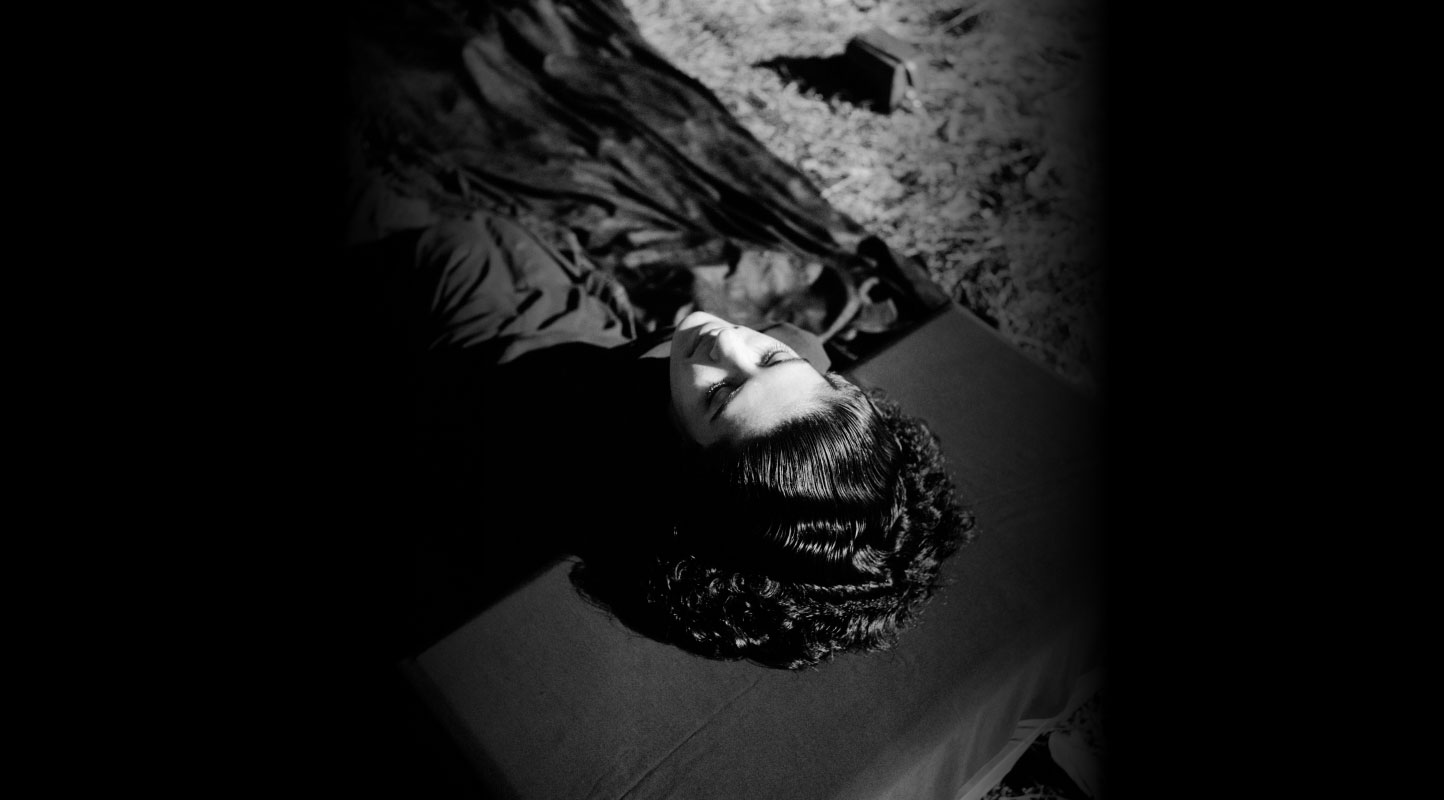Perennial, Plastic Blooms: Zoya Siddiqui’s A distant Place
“Does home exist in the vase of flowers you put next to your bed last night?
Does it exist in your grandmother’s photograph?”
Titled A distant Place, the online showcase of Zoya Siddiqui’s work, curated by Arnika Ahldag and Vaishnavi Kambadur at Museum of Art and Photography, Bengaluru begins with this rumination on the fragmented meanings and locations of “home.” It is difficult to approach this exhibition after a year of practising social distancing—that has altered our relationships with lived spaces—without thinking of the understanding of home as a condition of fragile situatedness at a remove from, if not at odds with, the diverse energies of the public. Yet the questions which preface the first artwork in the exhibition, “Personal Shrines” (2016)—a video assemblage of photographic stills originally made by Siddiqui during her visits to the walled city of Lahore in 2015—indicate towards the possibility of understanding the idea of home as a complex and contrarian space. It presents itself as a material field which is cultivated with care and abandon alike. The series “Personal Shrines” has been exhibited in the past as postcard-sized metallic prints before assuming the form of a video for this exhibition. Here, the images appear in a sequence, accompanied by Siddiqui’s voice as she traces her own relationship to these pictures.
Over a Zoom conversation, Arnika Ahldag mentioned that the show is a result of a conscious decision on behalf of MAP to engage with video artworks from the South Asian region. She said that the curators used the attributes of an online art viewing experience as an opportunity to rethink ways in which works could be presented for a more individuated audience navigating the show digitally. This led to the transformation of photographic stills from 2015 into an audio-visual assemblage in 2021. The adaptation was further accompanied by the decision to veer away from curatorial statements or artwork labels. Instead, it uses the vehicle of an intimate, first-person voice-over that wonders aloud and poses questions for the viewers to mull over. This strategy is utilised differently in the work “To God Shall The Alien Return” (2019), which revisits the 1988 science-fiction film Shaani produced in Pakistan. The work would usually be showcased as a video installation and accompanied by a label that would contextualise or explain the work. In the absence of a gallery infrastructure, the artist interlaces the video, which has no dialogues, with a recording of its director’s voice—an addendum that conveys vital information about the artwork in a narrative, rather than didactic, way.
In “Personal Shrines” an array of objects, gathered on “…corners, walls, shelves and cabinets,” serve as indices of personality. These tableaus invite us to imagine the minds of the habitants who have collected these, or to look around and consider the memories we have embedded in our possessions. Frames that hold moments of personal significance such as pictures of infants or weddings, sit comfortably with plastic dolls, cutlery, religious prints, calendars, souvenirs and trophies, etc., and are enveloped by esoteric patterns and peeling wall paint. Uncertain of what ignited the urge to make these images, Siddiqui offers a poignant observation through her voice-over. In the warmth of the care and attention given to their display, she “…recognised desires and dreams inside these installations of banal objects.” This moment of recognition—which follows the extension of an invitation to the artist by the families that reside in these homes—deepens the contact beyond the confines of voyeurism towards a poetics of remembrance. The impulse which drives Siddiqui to photograph these arrangements is proximate to the needs which create these corners in the first place as the markers of routine and exception in daily time, the components which make spaces familiar, offering reprieve. In a video clip, part of “At a Distance of But Two Bow-Lengths, Or Even Nearer” (2018), Siddiqui narrates how the cadence of the live broadcast of the Kaaba—a fixture in Muslim households in Pakistan where she grew up—playing on a television set would help her fall asleep in Vancouver. The personal and the communal intersect with an urgent poignancy as Siddiqui seeks belonging as a processual unfolding and impels us to consider its forms, near and distant.
All images by Zoya Siddiqui. From the Series “Personal Shrines.” Lahore, 2016. Set of Thirty-Five Metallic Prints. Courtesy of the artist.









